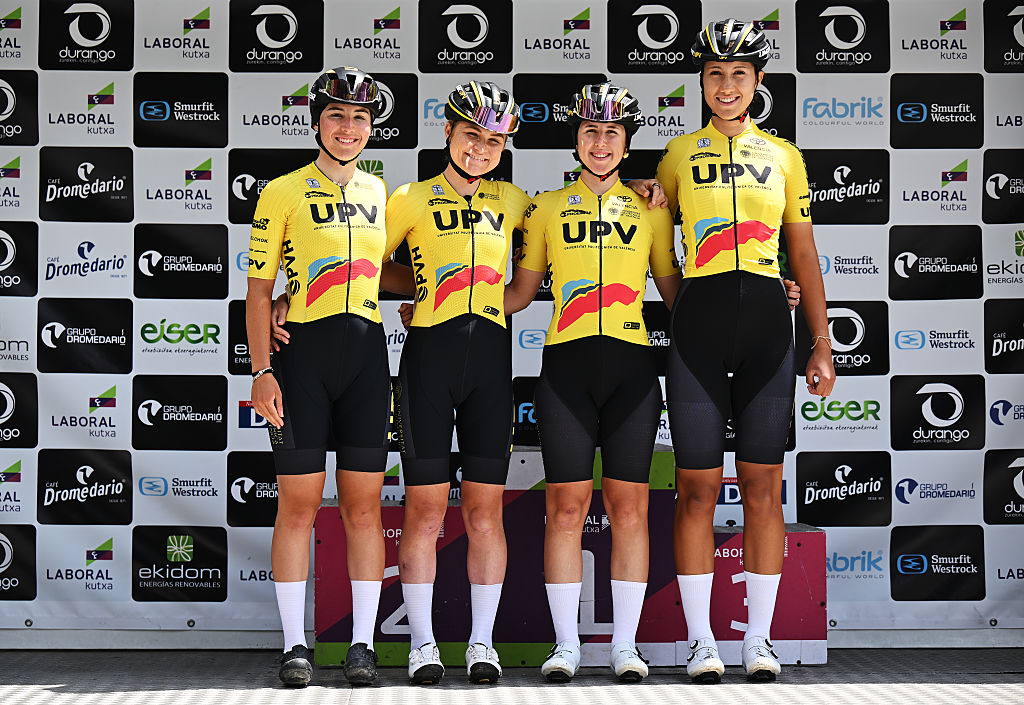Giro d’Italia Women 2025 – The make-or-break stages in the race for the maglia rosa
The days with the biggest potential to shape the podium in the 919.2km, eight-stage Italian Grand Tour
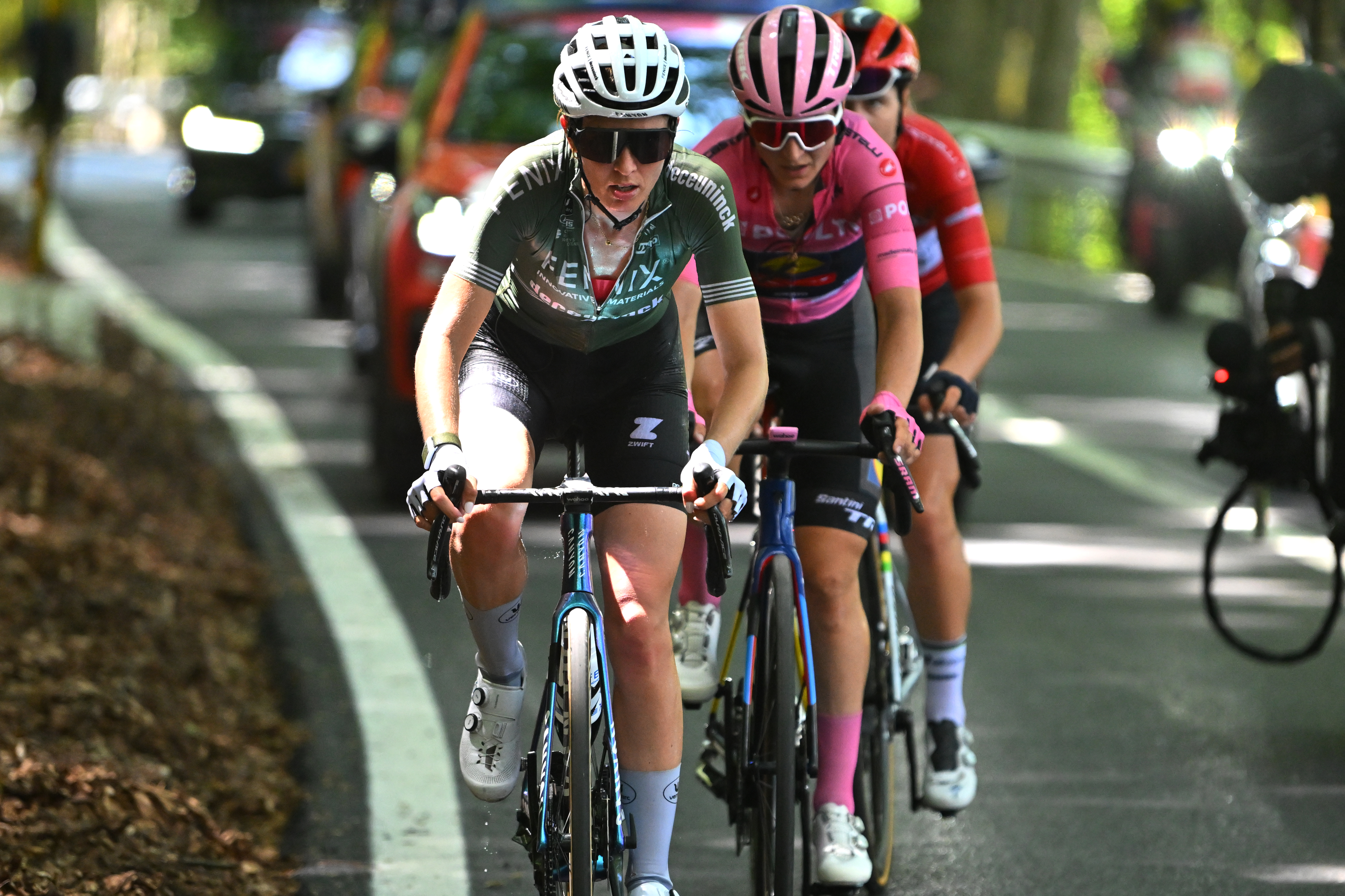
As a race that has plenty of tricky terrain and plenty at stake, there will be little time to relax for the overall contenders at the eight-stage 2025 Giro d’Italia Women, which will mark the last July edition of the race ahead of a switch to an earlier time slot in 2026. However, there are some days that, on paper at least, palpitate with promise – providing a tantalising target for those which the terrain suits and a chilling challenge for others.
The race works its way across the northernmost part of Italy from Bergamo, over east to Pianezze and south to Monte Nerone before concluding in Imola. There are 919.2km with 14,300m of elevation gain in which to decide who will emerge with the pink jersey of the race winner.
The race starts with an individual time trial, includes two relatively flat stages, three days in the medium mountains and two in the high, and although none of the summit finishes may match up in name and history to last year's star climb of the Blockhaus, there are three summit finishes to provide a test, each more brutal than the last. Plus, just because the final climb of the queen stage is not so well-known doesn't mean it will be any less destined to be a day ingrained in the riders' memories, once that likely decisive day for the overall unfolds.
After examining the route in detail, Cyclingnews has picked out the three stages that look to have the biggest potential to shake up the overall standings in the 36th edition of the Giro d'Italia Women, plus a final wildcard that could come into play if the competition remains tight right up to the final kilometres.
Stage 1 – The race of truth to leave contenders counting seconds from the start
- Sunday July 6
- 14.2km individual time trial with 100m of altitude gain
Last year it there was only one rider in pink right through the race, with Elisa Longo Borghini’s ascension to the top spot on that very first stage a clear indicator of just how crucial that early chance to grab seconds can be. The rider who ended up winning was on the front foot right from the start, so could conserve energy with a defensive stance, while others had their chances so utterly hobbled that no matter how good the climbing performance they could deliver, there was nearly no chance of a resurgence. Blockhaus stage winner Neve Bradbury (Canyon-SRAM zondacrypto) for example, had a 1:47 deficit after stage 1, too much to make up even with a spectacular win on the Blockhaus stage, when she jumped up to third overall in the key climbing stage, and opened up a 44-second gap to Lotte Kopecky (SD Worx-Protime) and Longo Borghini. Bradbury finished with a 1:16 deficit to the Italian race winner and a 55-second gap to second-placed Kopecky, but had the deficits of the time trial been erased that podium would have run in reverse order.
While we don’t yet know whether or not there will be a repeat of the rainy conditions that added an extra element in 2024, it's fair to say that the GC battle begins right from the outset given the opening stage is once again a time trial. The relatively flat 13.6 kilometre race against the clock in Bergamo is this year slightly shorter than the 15.7km test last year but still could still deliver some substantial time gaps to either hold or overcome for the key contenders. The flat profile is just part of the story, with the urban location delivering wide and straight roads for a start before a U-turn and what organisers refer to as ‘mild bends”. After that the race runs through the historic upper town where the turns become more frequent with a sharp left and right-hand bend within 500m of the finish line on the Senteirone.
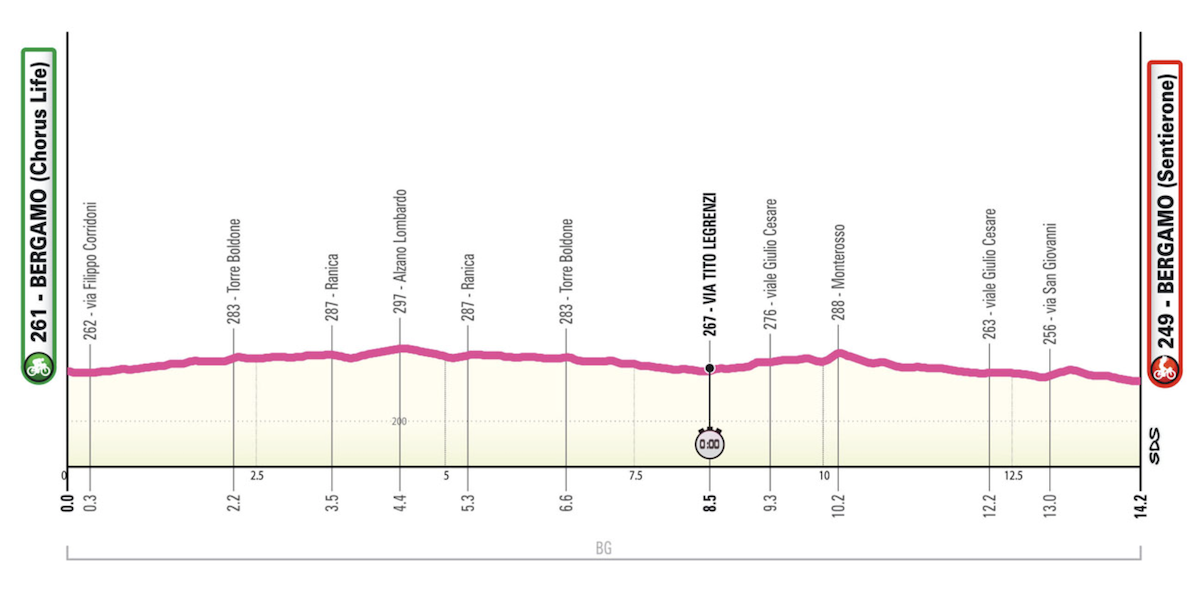
Stage 4 – Pianezze summit provides clear chance to further map out lay of the GC land
- Wednesday July 9
- 142km with 2,700m of altitude gain
There is certainly the possibility of some other GC salvos in the intervening stages, particularly with a category 3 climb to the finish on stage 2 to Aprica as an opportunity to pour on pressure. Still, stage 4 from Castello Tesino to Pianezze presents the next obvious chance after the time trial to try and open up some more substantial overall gaps ahead of the Queen stage on the penultimate day of racing.
The last time the climb was featured in the Giro d'Italia Women was 30 years ago, on a 106km stage from Crocetta del Montello, when in 1995 a then rising Fabiana Luperini claimed her first stage win at the race on her way to claiming her first maglia rosa and starting a four-year winning run at her home Grand Tour.
The latest race content, interviews, features, reviews and expert buying guides, direct to your inbox!
The stage which this time starts at Castello Tesino skirts Feltre and circles the Dolomites has several ascents throughout, wearing at the climbing legs right from the category 3 Cugnan ascent at a little under half way through the 142km stage. It then moves onto the category 4 climbs of the Muro di Ca’ del Poggio and Santo Stefano within the final 42km before tackling Pianezze – a steady climb with switchbacks and views of the Prosecco hills. It runs more than 11km long with an average gradient of 7% but after the forested sections of the early slopes which provide a shady canopy open up to open Alpine pastures steeper ramps emerge. There are sections of up to 11% shortly before the top, where on a clear day if riders had a chance to look up they might see the Dolomites, Monte Grappa and perhaps even the Adriatic Sea.
It is the type of stage that could reshuffle the order – just like the slightly easier finishing climb to Toano on stage 3 of last year’s edition did when Lotte Kopecky moved up to second overall. That may not, however, be how it stays given the decisive and potentially explosive stage still ahead on stage 7.
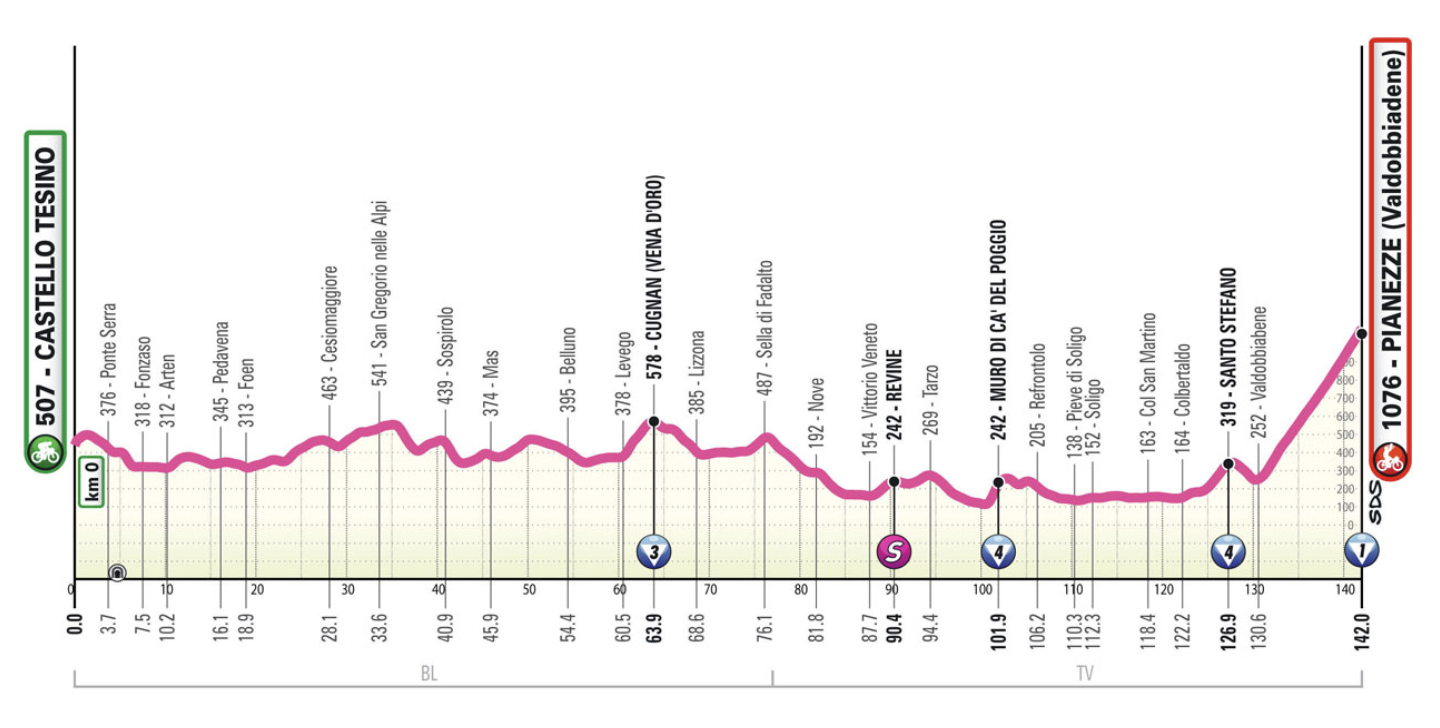
Stage 7 – The make-or-break Queen stage to the top of Mount Nerone
- Saturday July 12
- 150km with 3,850m of elevation gain
Monte Nerone may not be a climb that rings with the same sense of recognition, and dread, as the Mortirolo, Zoncolan or Blockhaus. But that may well alter after its introduction as the Giro d'Italia Women's final climb on stage 7, which is undisputedly the queen stage of the race.
The penultimate day of racing starts out in Fermignano, on the left bank of the Metauro River. The early kilometres may be the flatter part of the stage but that doesn't mean the climbing legs will not come in handy even before the race hits the first categorised slope after nearly 60km of racing, as first they will get a reminder of the finale that awaits, on the series of rolling ascents includes a journey up the lower slopes Monte Nerone. After a downward run to Pianello it's onto the category 2 climb of Moria, the category 3 Passo la Croce at the half way point of the stage and then there is another uncategorised ramp up to Fosto before the peloton has to get positioned in anticipation of what is bound to be a telling mountain top finish,
The category 1 Monte Nerone only around a kilometre shorter than last year's dramatic climb to the top of the Blockhaus, with Nerone delivering 15.2 kilometres of sustained gradients between 7% and 10% and in the final kilometres pitches reach up to 12%. On the Blockhaus last year stage winner Bradbury put 44 seconds into both Kopecky and Longo Borghini, while no one else was even within a minute. Similar gaps on Monte Nerone would not be surprising and it's the type of stage where, no matter how flawless the performance up the this point, a poorly timed bad day could see all the work quickly unravel.
This is the stage most likely to decide the GC, though if the gaps are tight there is bound to be no waving the white flag of surrender until the final kilometres of the race play out in Imola.
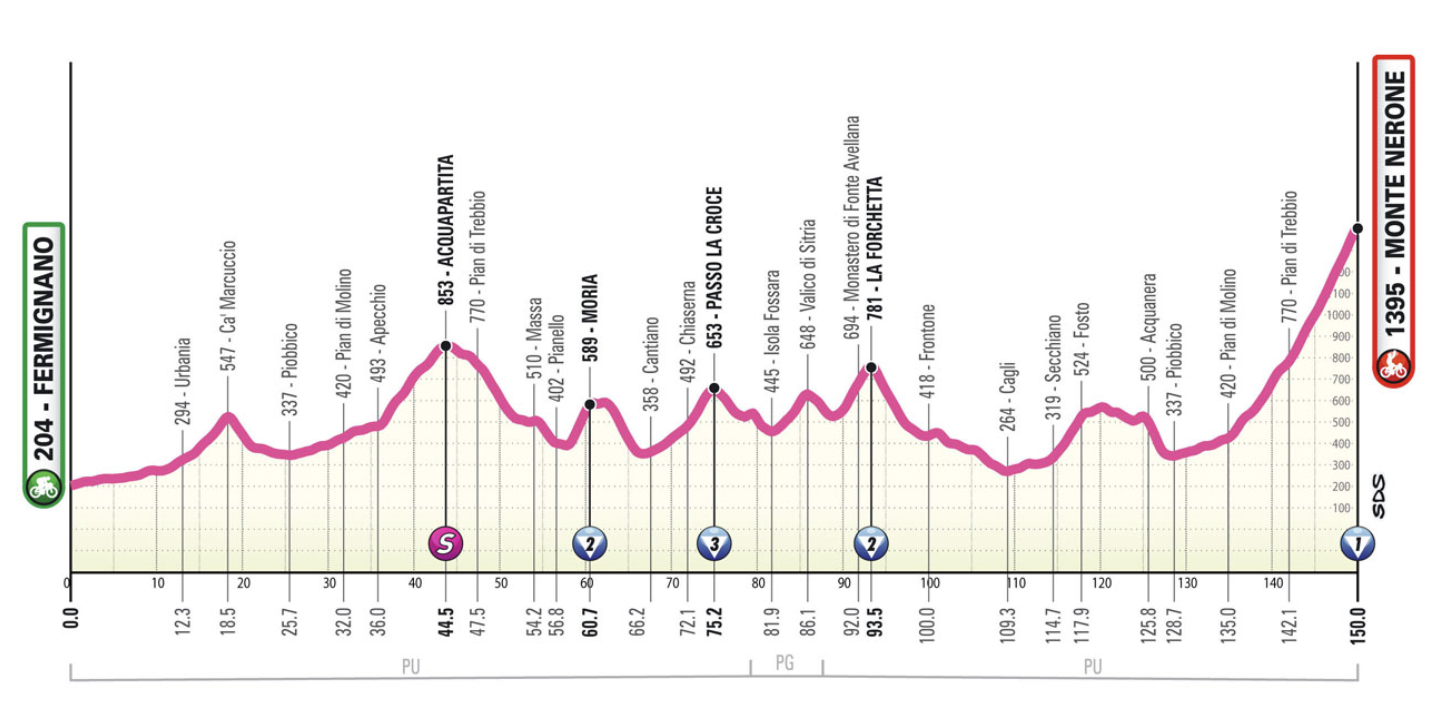
Stage 8 – The wildcard
- Sunday July 13
- 134km with 2,200m of elevation gain
Stage 8 is not one of those days on the bike that has ceremonial GC finale written automatically into its parcours. True, there is every possibility with the brutal climb that concludes stage 7 that the gaps on the overall could be considerable, and in that case, the comparatively small launching pads on the way to the final finish line in Imola may not be enough to make a further big difference. That, however, doesn't mean the repeated ascents of the category 4 and 3 climbs couldn't be pivotal if it all comes down to a more tightly balanced competition for the maglia rosa.
The course strongly resembles the one on which the World Championships was decided in 2020, the Mazzolano and Cima Gallisterna tackled multiple times and the final climb topping out 10km from the finish before a downhill run to the line. It may not be a summit finish on which riders can pull out huge gaps but under the right circumstances it's a launching point and descent that could deliver hope of a reshuffle - right up to the very last moment.
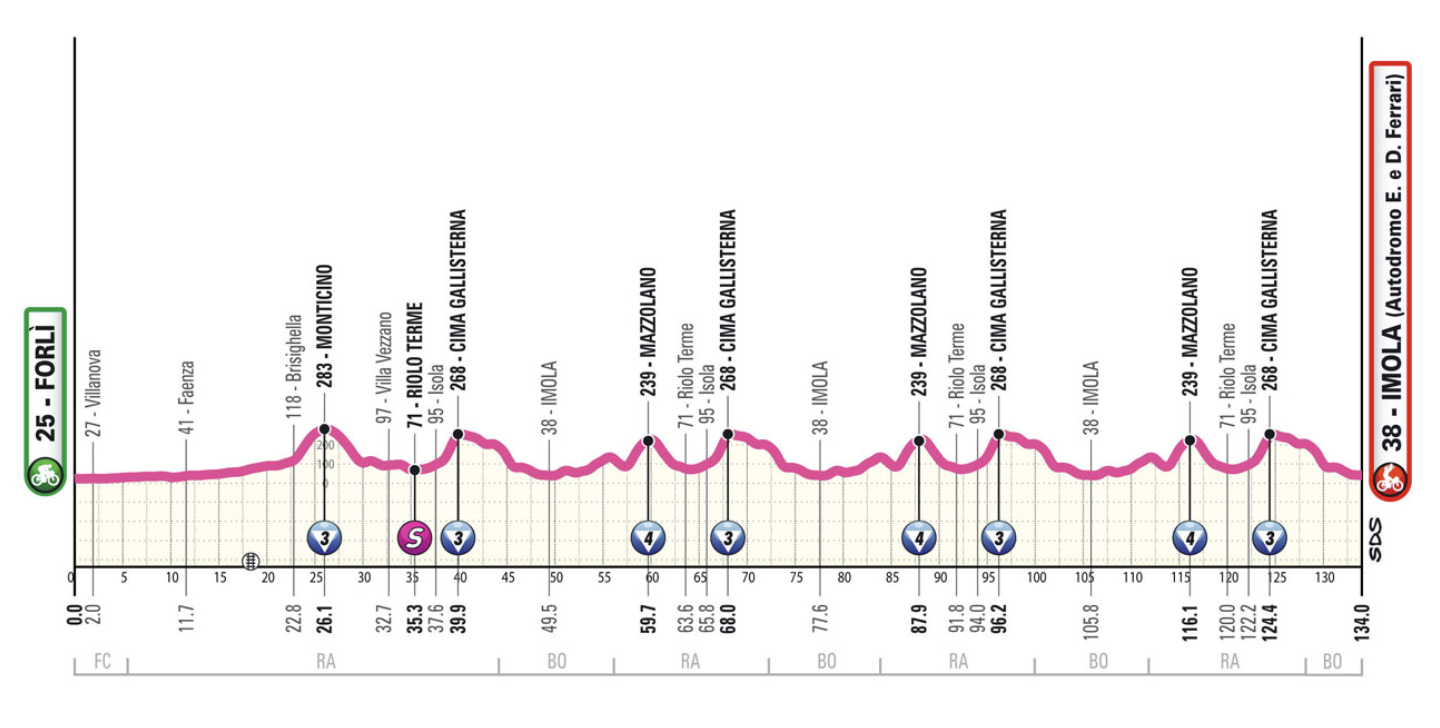
Subscribe to Cyclingnews for unlimited access to our Giro d'Italia Women coverage. Don't miss any of the breaking news, reports, and analysis from one of the biggest women's stage races of the season. Find out more.

Simone is a degree-qualified journalist that has accumulated decades of wide-ranging experience while working across a variety of leading media organisations. She joined Cyclingnews as a Production Editor at the start of the 2021 season and has now moved into the role of Australia Editor. Previously she worked as a freelance writer, Australian Editor at Ella CyclingTips and as a correspondent for Reuters and Bloomberg. Cycling was initially purely a leisure pursuit for Simone, who started out as a business journalist, but in 2015 her career focus also shifted to the sport.
You must confirm your public display name before commenting
Please logout and then login again, you will then be prompted to enter your display name.
